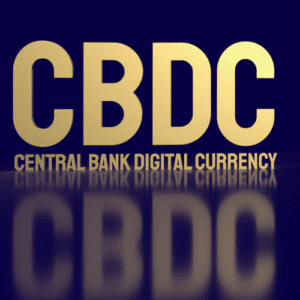In today’s Money Morning, why is the Davos crowd so scared of Bitcoin? Do they misunderstand it? Do they have the wrong end of the stick? Or do they understand it perfectly well — and they don’t like the future it will bring? I’m betting on the latter. The good news? You can still front-run these redundant elites. Just be sensible about it…
Cryptocurrency News: Top Stories Impacting the Digital Currency Market
There are thousands of cryptocurrencies in the world, including the likes of Bitcoin [BTC], Ethereum [ETH], and Tether [USDT].
As of June 2021, the market value of every cryptocurrency in circulation exceeds US$1.6 trillion, with bitcoin making up 45% of the total.
While it is the dominant and oldest cryptocurrency, there’s more to crypto than just bitcoin.
Cryptocurrencies and the blockchain technology underpinning it are no longer fringe topics.
Why CBDCs May Be Coming Sooner Than You Think
In today’s Money Morning, inflation and interest rates continue to draw headlines. Central bankers bought record amounts of gold last year. What does this mean for everyday investors like yourself? Plus, learn how to protect your wealth from a looming power grab…
The Movement of Money
In today’s Daily Reckoning Australia, Jim circles back to CBDCs, the different forms money can take, and whether or not this evolution is in the best interest of the investor. To find out more, keep reading…
The ‘New’ New York
In today’s Money Morning, the stunning rise of New York City was an unlikely story. Control over trade flows propelled its rise. But it was its eventual control over money flows that cemented it, not just in the US but around the world. However, this power is now under threat. A ‘new’ New York is rising up. And the powers that be don’t like it…
Bitcoin, Browbeating, and Bribery: Why We Need Decentralisation More than Ever
In today’s Money Morning, FTX’s implosion has declared open season on crypto-bashing across the media…how CME Group CEO, Terry Duffy, is trying to turn the heat on regulators…why his latest gaff may be more telling than any of his damning rhetoric…and how crypto will come out of this stronger than ever…
CBDCs Explained — Stripping Down Central Bank Digital Currencies
How does a CBDC differ to the already existing digital money system — the Online Payments System? Jim touches on these anxieties and many more




